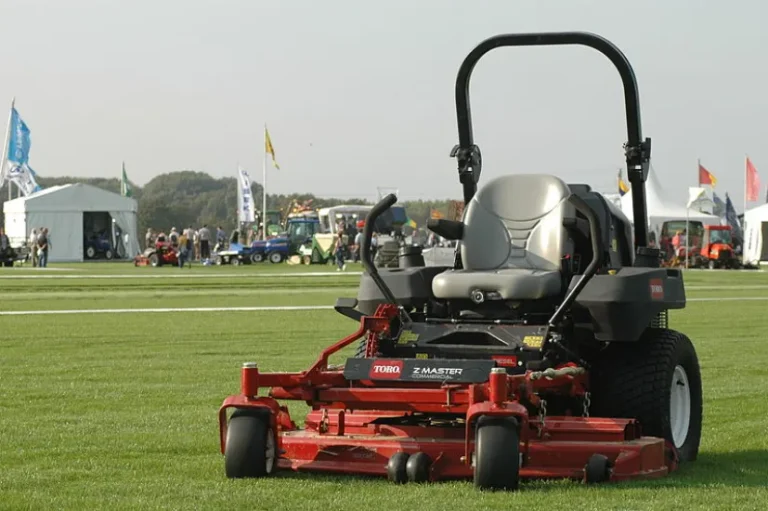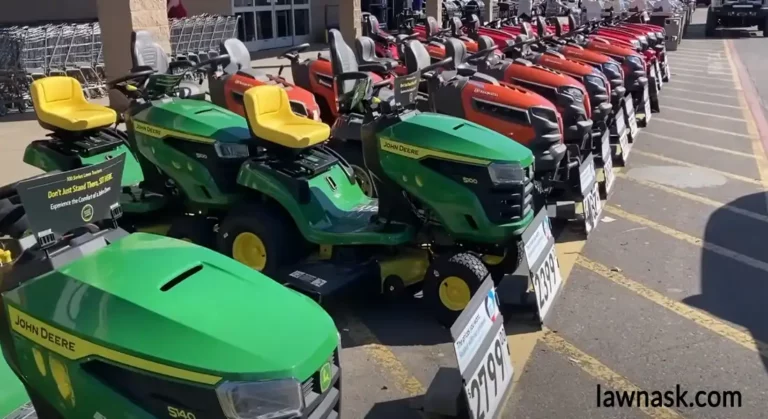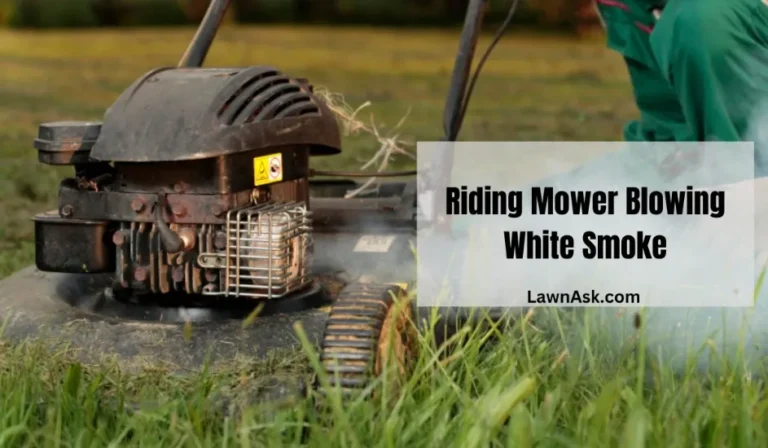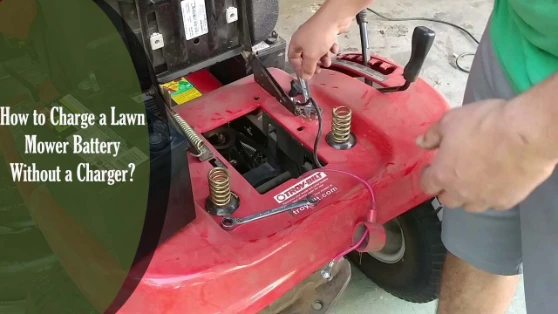A Detailed Exploration of Kohler Carburetor Linkage Diagram
A crucial part of the Kohler mower is the carburetor. The Kohler carburetor linkage diagram serves as a template for understanding the complex operation of this vital component.
The Kohler carburetor linkage consists of the carburetor NOS, carburetor gasket, screws, springs, carburetor needle, gaskets, float kit, pins, bowl, and kit clamp.
The Kohler carburetor linkage diagram may be thought of as a road map for navigating the difficulties of engine performance.This article will examine each component, along with its unique placement and use.
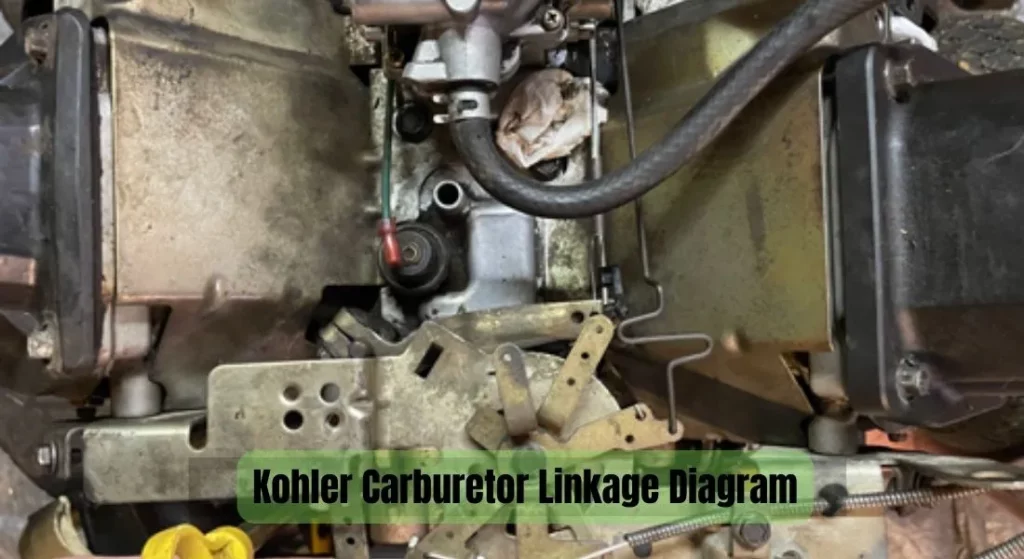
Location and Application of Important Kohler Carburetor Linkage Diagram Parts (Prices Included)
A carburetor linkage is a group of interconnected parts that regulates how the carburetor operates and moves. It is made up of a variety of rods, levers, springs, and mechanical parts. Let’s look at them now.

1. Carburetor NOS
The carburetor NOS (New Old Stock) (62) is a crucial component of the carburetor linkage. The engine block receives direct installation of this component. In Kohler mowers, it is often close to the air intake system.
It is connected to the air filter housing and fuel line. An essential part of the engine’s fuel delivery system is the carburetor. It creates a combustible mixture for the engine by mixing air and fuel in the proper quantities.
A worn-out or broken carburetor can be replaced with the Carburetor NOS, a brand-new, replacement carburetor. It costs nearly $375.
2. Carburetor Gasket
The carburetor gasket (65) is positioned between the engine block and the carburetor body. It is put in place so that the two surfaces are tightly sealed.
Around the Kohlercarburetor, the gasket acts as a sealing material to stop air or fuel leakage. It guarantees that the engine gets the proper air-fuel ratio.
By doing this, the effectiveness and performance are enhanced. The gasket also lessens noise and dampens vibrations. It costs $6.84.
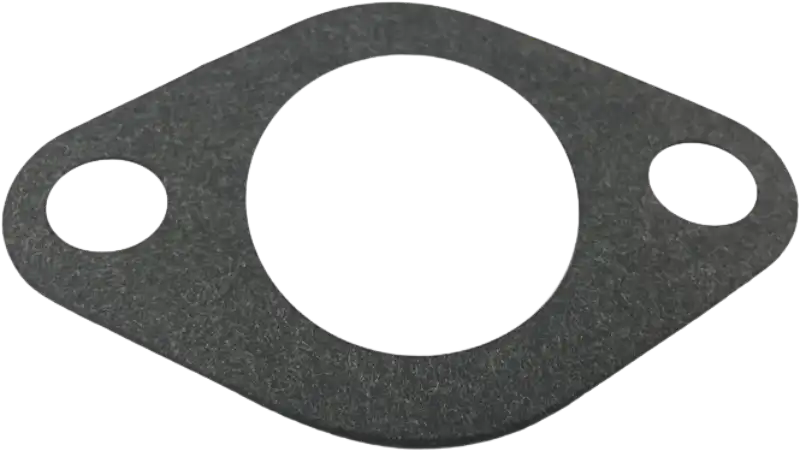
3. Screws
Various parts of the carburetor assembly are held in place by screws (66). Usually, they are placed through holes in the carburetor body that have been drilled.
The Kohlercarburetor is held together by screws, which are also used to fasten it to the engine block. They make sure the parts stay in their proper places.
Additionally, while use, the screws stop any unintended movement or disassembly. The screws cost around $2 to $10.
Related Post: 8 Common Lawn Mower Carburetor Problems (Fixes Included)
4. Springs
Typically, springs (67, 68, 71) are found inside the carburetor assembly. These connect to the choke or throttle mechanism. They could be noticeable close to the throttle plate or linkage of the carburetor.
Specific elements of the Kohlercarburetor are controlled in their movement by springs, which produce tension.
When the operator releases the throttle control, throttle return springs aid in closing the throttle plate. Choke springs help the choke plate return to its initial position once the engine has started. These cost between $4 to $8.
5. Carburetor Needle
The fuel inlet valve, also known as the float needle valve, houses the carburetor needle (69) inside the carburetor assembly. It is located close to the float and float bowl of the carburetor.
The Kohlercarburetor needle is in charge of controlling the fuel flow into the float bowl. The needle opens to let fuel in and maintain the appropriate fuel level when the level in the bowl decreases.
It collaborates with the float to regulate fuel flow and guarantee constant engine performance. It costs $4.50.
6. Gaskets
In numerous places throughout the carburetor assembly, gaskets (72, 73, 78) are employed. It can be observed between various components or between the carburetor body and those components.
The various components of the Kohlercarburetor are sealed securely and without leaks thanks to gaskets. They aid in preventing fuel and air leakage. They cost between $6 to $10.
7. Float Kit
The float assembly of the carburetor is maintained and repaired using the float kit (74). The float assembly aids in controlling the fuel level in the float bowl of the carburetor.
The float, the float pin, and the float bowl gasket are all included in the float kit. These are used to guarantee correct fuel level regulation and repair worn-out or broken parts. It costs $10 to $50.
8. Pins and Bowls
The pins (75) are utilized to secure the float, float bowl, and other moving parts in various locations along the carburetor linkage. The various components of the carburetor are connected via pins, which offer a solid and reliable connection.
During use, they aid in maintaining good alignment and hinder unintended movement or disassembly. It costs $5.98.
The bowl (76), which is frequently positioned below the carburetor body, is a noticeable part of the carburetor assembly. The carburetor’s bowl acts as a storage space for fuel.
It gathers and stores the gasoline that the float assembly delivers. Additionally, it guarantees a steady flow of fuel for the carburetor to combine with incoming air. It costs $23.44.
9. Kit Clamp
The carburetor linkage kit or other components are held in place using the kit clamp (80). The carburetor linkage kit is meant to be held firmly in place with this device to avoid any unauthorized movement or disassembly.
It guarantees that the different Kohler carburetor linkage parts stay in their assigned places. The Kohler carburetor linkage’s stability and dependability are further improved by the kit clamp. It costs $22.08.
Related Post: Kohler Engine Runs Then Dies: What to Do?
Common Problems with a Damaged Kohler Carburetor Linkage Components
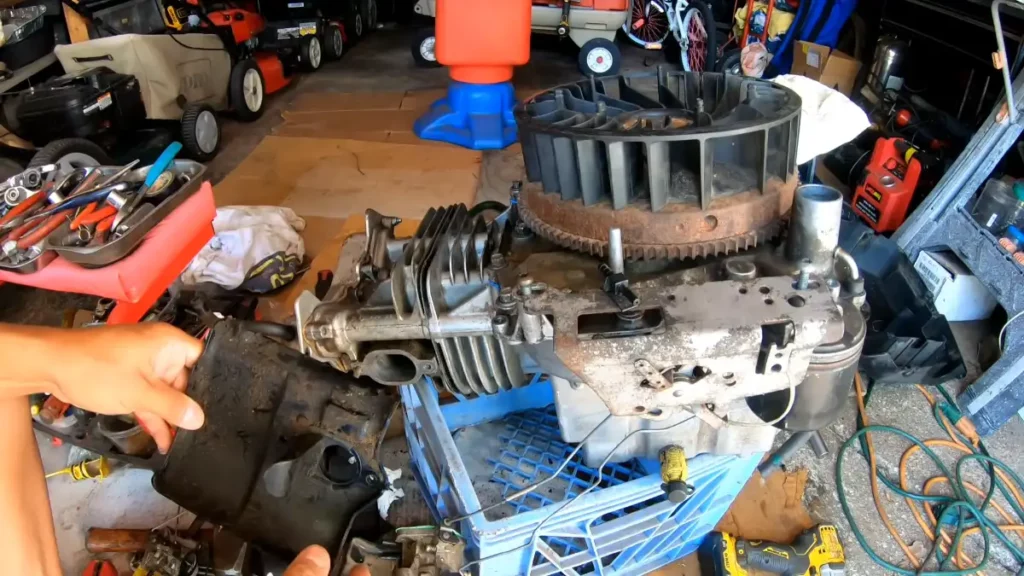
A damaged Kohler mower’s carburetor linkage might cause a number of issues. Here are a few such problems:
- Fuel Leaks: Fuel leaks can be caused by faulty gaskets, worn float bowl gaskets, or broken float pins. Fuel may leak from the carburetor as a result of this. It will thus have low fuel economy, fuel odor, and fire risks.
- Incorrect Fuel Level: The normal operation of the float assembly may be interfered with if the float or float pin is broken or out of alignment.
As a result, the fuel level in the float bowl of the carburetor may not be precise. Engine flooding or an irregular fuel flow might result from an improper fuel level. - Stalling: The delivery of the fuel-air mixture to the engine might be hampered by damaged or poorly working carburetor linkage components. When the mower is at idle or functioning at low speeds, this may result in rough idling or stalling.
- Poor Acceleration: Incorrect fuel distribution might occur during acceleration if the float assembly is not operating properly. Due to this, a person may perform slowly or hesitate when attempting to accelerate.
- Difficulty Starting: The fuel flow to the engine during startup may be affected by damaged float pins and float valves. Because of this, starting the mower may be challenging and tiresome.
- Insonsistency: Fuel flow irregularities might be brought on by damaged carburetor linkage components. This can involve inconsistent power delivery or unsteady operation.
Frequently Asked Questions – FAQs
How can I tell if the Kohler carburetor linkage has a damaged float?
It will have fractures, dents, or leaks.
What are the signs of Kohler carburetor linkage parts leaking fuel?
Low efficiency, stench, and visible fuel leak.
What equipment will I need to replace the Kohler carburetor linkage parts?
Pliers, screwdrivers, and wrenches.
How long does a Kohler carburetor last?
3 to 5 years.
Related Posts:

